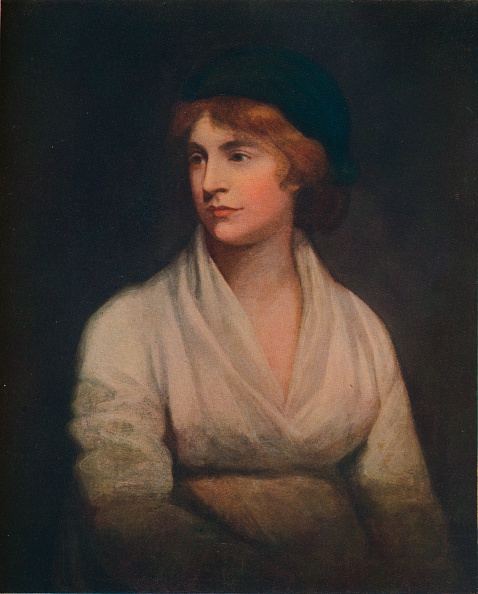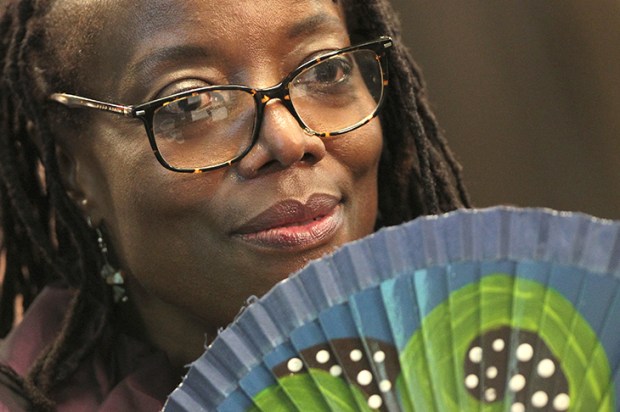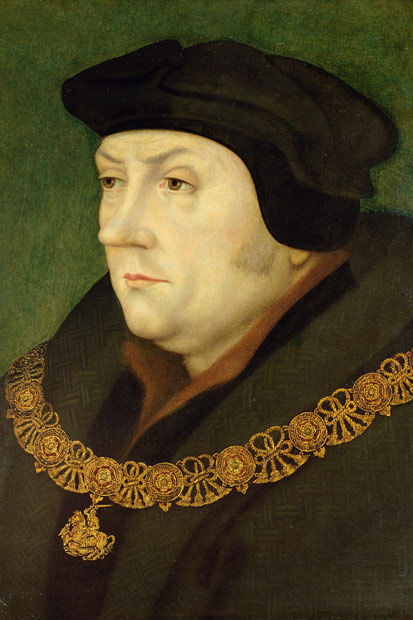When Napoleon Bonaparte captured Venice in 1797, he extinguished what had been the most successful regime in the history of the western world. The Venetian Republic had lasted over 1,000 years — longer than ancient Rome — without a revolution, a coup d’état or a successful foreign invasion. Yet after 1797 it was never to be independent again: it was given to Austria, taken back by France, allotted once more to Austria and finally, in 1866, handed over to the young Kingdom of Italy.
Most visitors to Venice are interested in its distant past, in the struggles to build a city on the mudbanks, in the glories of its gothic architecture, in the scuole decorated by Carpaccio and Tintoretto, even in the decadence of the 18th century with its alliterative seductiveness of carnivals and Canaletto, courtesans and Casanova. Yet less colourful eras must have their historians, and R.J.B. Bosworth, who has written distinguished books on Mussolini and Fascism, is a knowledgeable guide to the last century and a half.
Excessive enthusiasm has never been a characteristic of the Venetians. Few of them were either zealots of the Counter-Reformation or ‘Rome or Death’ patriots of the Risorgimento. Similarly, as Bosworth points out, Venetians were generally moderate, both in their adoption of Fascism and in their anti-Fascist retribution following the fall of Mussolini. ‘Venice survived the violent depradations of Nazi-fascism with relatively little loss and barbarity.’
The author writes informatively of the industrialisation of the lagoon and the liberal politics of the post-unification decades; he also has interesting things to say about such neglected figures as Giuseppe Volpi, the entrepreneur and initiator of the city’s film and music festivals. Yet unfortunately the text too often becomes less a history of the place than a chronicle of its events based on a methodical study of the pages of the newspaper Il Gazzettino — of what was happening at the Biennale or the various festivals, of which operas were being performed at the Fenice. Accompanying these catalogues are lengthy lists of visitors, often (as in the case of the King of Siam and the Duchess of Hesse) people merely identified by their titles, without any mention of what they might have said, thought or done when they were in Venice.
During ‘the Roaring Twenties’, we are informed, ‘the city was enlivened by many lavish high society parties, featuring such rackety [sic] celebrities as’ (among others) Diana Cooper, George Gershwin, Coco Chanel and Winston and Clementine Churchill. Later we learn that Somerset Maugham and Noël Coward were among the famous people who signed the first guestbook at Harry’s Bar. Later still we read that Princess Diana, after ‘taking a photo’ of the Ca’ d’Oro, enjoyed a ‘toothsome lunch’ at Harry’s sister restaurant at Torcello (where Bosworth also likes to eat) and that ‘among the genteel guests’ were Count Valmarana and his wife. (Il Gazzettino, 3, 4, 5 and 6 May 1985). Oh dear, the history of Venice suddenly seems to have descended to the level of Hello! magazine.
Yet while Italian Venice is sometimes bland in content, it is generally acerbic in tone. In a somewhat portentous introduction (‘as I prepare to unroll Venice’s modern histories’) the author describes his work as a challenge to Ruskin and other nostalgic worshippers of the Venetian past, as well as to ‘more contemporary superciliousness’. This last category is not defined but seems to include ‘lovers of Venice’ (a term of mockery for this author), people who have written romantically about the city (like John Julius Norwich), people who have laboured to save its buildings (like Norwich again and the Venice in Peril Fund), people who managed to thwart Frank Lloyd Wright’s attempt to erect a modernist monstrosity on the Grand Canal, and almost anyone who argues that mass tourism is damaging and suffocating the city.
Readers will easily picture Bosworth’s sneer as he lines up his targets, be they neo-liberals or French intellectuals or, more usually, those unreasonable people who wish to preserve Venice ‘come’era e dove’era’ (how it was and where it was), a phrase jeeringly repeated throughout the book. Of course he has a point: Venice and its population (like all places and all peoples) have been changing throughout their history, and it would be futile to try to preserve the city as it was in Canaletto’s day. Yet to scoff at those who have devoted their money, time and skills to restoring churches and palaces for the rest of us to enjoy (the author included) seems both unkind and unfair. In any case, the effectiveness of literary sneering depends on the elegance of the sneerer’s prose style. And Bosworth, with his fondness of cliché (yawning gaps are a favourite) and his persistent misuse of the word ‘ironical’, is not often elegant.
Got something to add? Join the discussion and comment below.
Get 10 issues for just $10
Subscribe to The Spectator Australia today for the next 10 magazine issues, plus full online access, for just $10.
Available from the Spectator Bookshop, £21.50. Tel: 08430 600033. David Gilmour’s latest book is The Pursuit of Italy: a History of a Land, Its Regions and Their Peoples.
You might disagree with half of it, but you’ll enjoy reading all of it. Try your first month for free, then just $2 a week for the remainder of your first year.













Comments
Don't miss out
Join the conversation with other Spectator Australia readers. Subscribe to leave a comment.
SUBSCRIBEAlready a subscriber? Log in